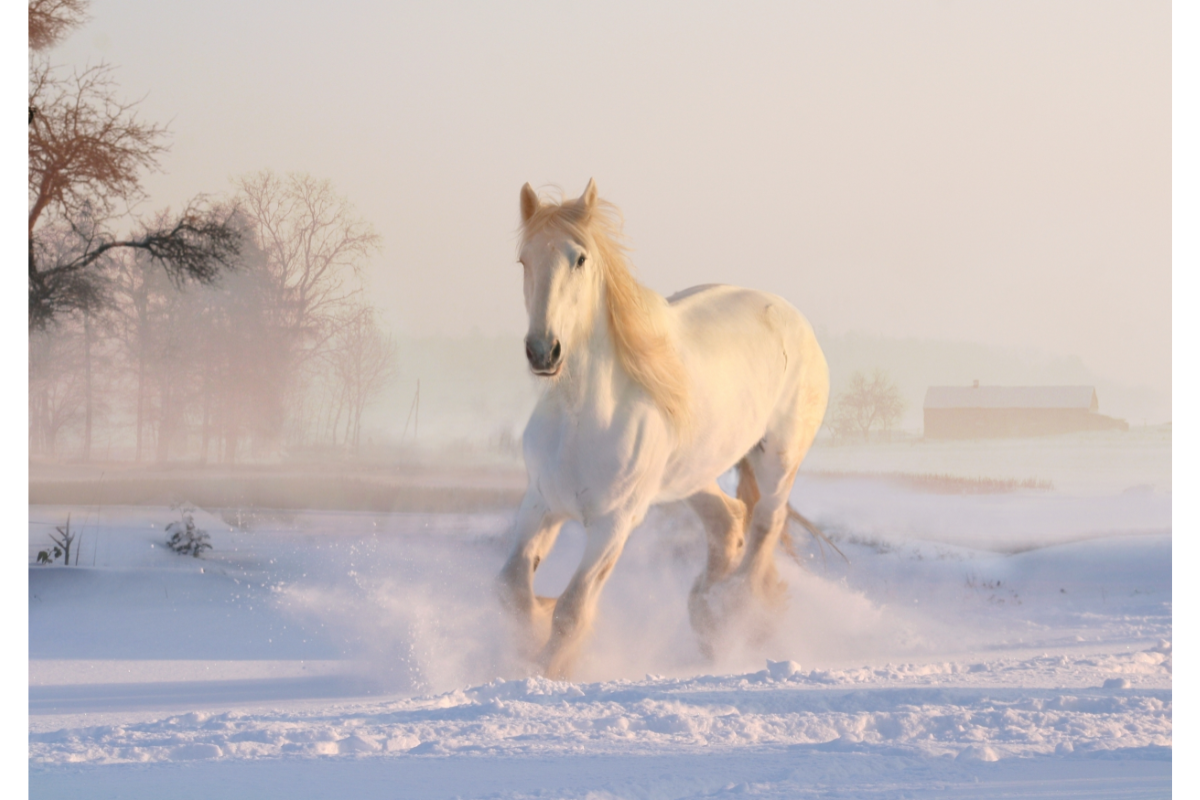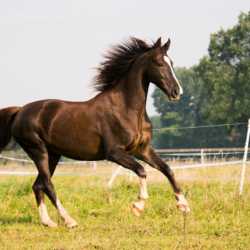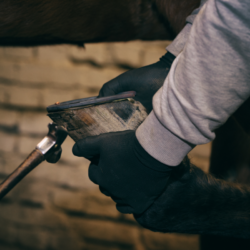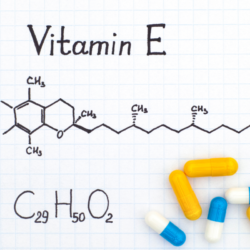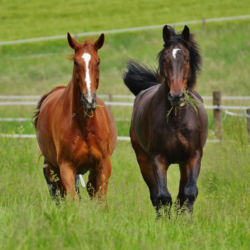Thermoregulation is an essential physiological process that enables living organisms to maintain their body temperature within an optimal range despite environmental variations. In the horse, a homeothermic animal, this mechanism is particularly sophisticated because of its large body mass, intense muscular activity and high-performance metabolic system. Heat dissipation relies on key processes such as sweating, respiration and peripheral vasodilatation, which allow the heat produced by the body to be evacuated.
In sports performance, such as riding or racing, effective management of thermoregulation is crucial. Prolonged or intense exertion increases endogenous heat production, which can compromise performance and endanger the animal’s health in the event of hyperthermia. Consequently, a thorough understanding of this mechanism and of how to optimise the horse’s thermal recovery represents a major challenge for veterinary and sporting practices.
What is thermoregulation?
Thermoregulation refers to all the mechanisms that enable the horse to maintain a stable body temperature of around 37.7°C, with an acceptable variation of ± 2°C. This process is fundamental to ensuring thermal homeostasis in the face of climatic variations and metabolic demands.
The skin, subcutaneous tissue, fat and coat play a major role in thermal regulation. In winter, thermogenesis is amplified by the thickening of the coat (piloerection), increasing its insulating capacity, while in summer, a finer coat facilitates heat dissipation. Vasoconstriction reduces heat loss through the extremities, while vasodilation helps dissipate excessive heat.
Maintaining thermal balance is based on two fundamental processes:
- Thermogenesis: production of metabolic heat, mainly through muscular activity (up to 80% of body heat).
- Thermolysis: dissipation of heat by four mechanisms:
- Radiation: heat exchange by electromagnetic radiation.
- Convection: heat transfer through the movement of fluids (air or water).
- Conduction: heat exchange by direct contact (ground, materials).
- Evaporation: heat loss through sweat, the main means of cooling.
The effectiveness of thermoregulation also depends on physiological adaptation, such as the subcutaneous capillary networks that act like radiators, or specific mechanisms, such as the cooling of the testicles and brain by countercurrent exchanges.
Thermal balance is controlled by hypothalamic nerve centres, acting like a biological thermostat thanks to cutaneous and central thermoreceptors. These regulations enable the horse to adapt to a variety of climates, with an acclimatisation period of around three weeks.
This complex system illustrates the horse’s remarkable ability to adapt to its environment and to the demands of sport.
How do horses adapt to the cold?
Horses have sophisticated adaptation mechanisms that enable them to maintain their thermal balance when temperatures fall below their thermal comfort zone, generally between 5°C and 25°C for an unshorn horse in a temperate climate. When it gets cold, it activates immediate mechanisms, such as shivering and piloerection, to limit heat loss. Over longer periods, physiological and behavioural adaptations take place, such as thickening the coat and increasing food consumption. These responses illustrate the horse’s ability to adjust effectively to cold environments while still requiring appropriate support.
Thermal comfort zone
The thermal comfort zone corresponds to the temperature range in which the horse does not need to invest additional energy to keep its internal body temperature stable. For horses living in a temperate, unshorn climate, this zone is generally between 5°C and 25°C. Below this range, the body activates thermogenesis mechanisms (shivering, increased muscular activity), while above it, thermolysis mechanisms (sweating, thermal polypnoea) come into play to prevent overheating.
The extent of this zone varies according to factors such as climatic adaptation,age, breed,state of fattening, health, season and availability of metabolizable energy. For example, a horse acclimatised to the cold has a lower critical temperature of around -15°C, while for a newborn foal this threshold is much higher, at 22°C.
When the ambient temperature exceeds the limits of this zone, specific measures are required, such as providing extra feed energy when it’s cold or facilitating heat loss (shade, shower) when it’s hot. The thermal comfort zone thus reflects the balance between energy needs and environmental constraints specific to each horse.
Adaptation mechanisms
Horses have physiological, behavioural and evolutionary mechanisms for maintaining their thermal balance in a cold environment. These adaptations take place over different time scales.
In the immediate response to cold, shivering is an aerobic muscular reflex, multiplying the metabolism by 4 to 5 and producing heat via the oxidation of sugars and fatty acids. Conversely, intense muscular effort, which requires more energy (25-fold increase), generates a rapid rise in body temperature. However, its duration is limited because of the build-up of lactic acid. Piloerection increases coat thickness by 30%, improving thermal insulation by trapping air. Peripheral vasoconstriction reduces heat loss by concentrating blood flow towards the central organs, lowering the temperature of the extremities and limiting the risk of freezing.
Over a longer period, progressive adaptations occur. Horses reduce their activity to save energy, adjust the density of their coat and redistribute subcutaneous adipose tissue to improve insulation. A sudden drop in ambient temperature stimulates an increase in feed intake, promoting thermogenesis.
Over the long term, horses in cold climates have acquired morphological characteristics such as a compact body, short extremities, a dense, waterproof coat and an even layer of fat. These traits reduce heat loss and optimise heat production. In addition, an increased proportion of slow muscle fibres enables continuous heat production through moderate and prolonged contractions.
These mechanisms illustrate the effectiveness of horses in adapting to the cold, but require appropriate environmental and dietary conditions to optimise their survival and comfort.
Thermoregulation and the sport horse
Thermoregulation plays an essential role in the horse’s sporting performance. It enables the horse to maintain thermal balance in the face of the intense heat production generated by exercise. During exercise, muscle thermogenesis is significant: only 20-25% of the energy expended is converted into mechanical work, while 75-80% is dissipated in the form of heat. This production can be up to 60 times greater than at rest. The result is an increase in body temperature of 3 to 4°C in just a few minutes.
Heat dissipation is based mainly on two mechanisms: sensible losses and latent losses. Sensitive losses include :
- Conduction: heat transfer between the body and a surface in contact, limited in horses.
- Convection: heat transfer with the ambient air, increased by wind but reduced by a thick coat.
- Radiation: heat emission in the form of infrared radiation.
Latent losses, the majority of which occur through :
- Transpiration: the main process, accounting for 65% of total heat loss. Equine sweat, rich in glycoproteins, promotes evaporation and cooling efficiency.
- Thermal polypnoea: dissipation through evaporation of water from the respiratory mucosa, contributing to 30% of heat loss.
These mechanisms help to limit hyperthermia, but require significant dehydration. It is estimated that 10 to 15 litres of water are lost per hour during intense exercise, as well as electrolyte imbalances. Sweat leads to losses of sodium, potassium and chlorine, impacting muscle and nerve functions.
Training improves thermoregulatory capacity: faster, more efficient sweating limits heat build-up. However, extreme environmental conditions, such as high heat or humidity, complicate these processes. Appropriate management, including hydration and electrolyte supplements, is essential to optimise performance and prevent metabolic disorders.

